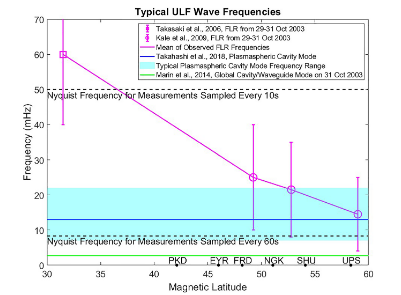There is an article in E&T Suggesting that railway signalling can be significantly affected by solar storms.
The EMC environment around electric railways is already pretty harsh and the signalling systems are designed to cope with this.
The article does not reference the paper which is here:
https://agupubs.onlinelibrary.wiley.com/doi/10.1029/2023SW003625
It appears to relate to a very simple track circuiting system and suggests that wrong side failures are potentially more likely than right side failures.
Are the assumptions in the paper reasonable or are there other mitigating systems that have not been taken into account?

